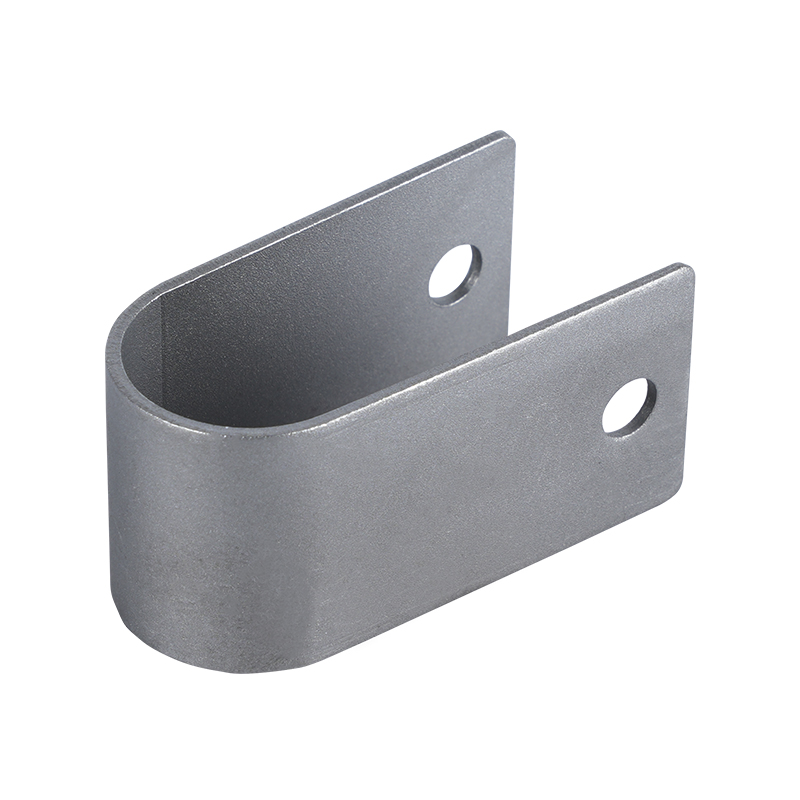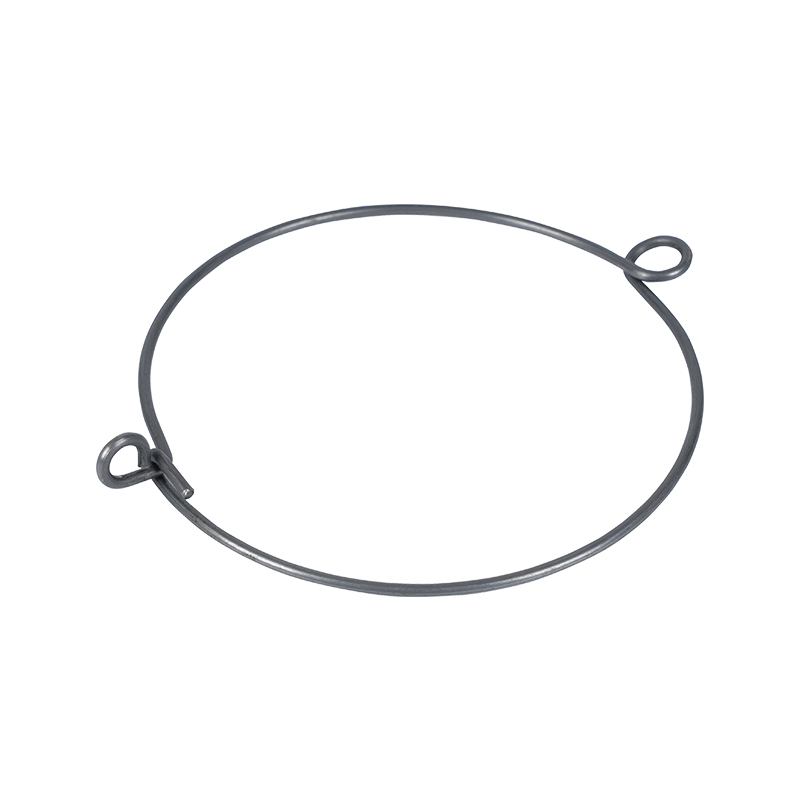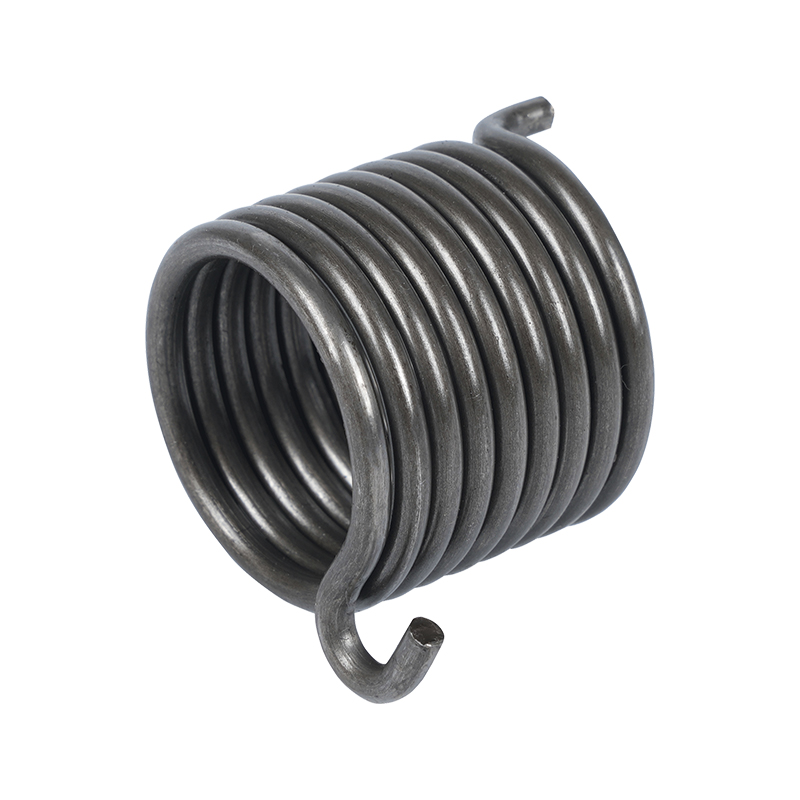How to Extend the Lifespan of Cast Aluminum Parts?
Cast aluminum parts are widely used across industries due to their lightweight, corrosion resistance, and thermal conductivity. However, like any material, cast aluminum components require proper care and maintenance to ensure long-term performance and durability. Whether used in automotive engines, outdoor furniture, or industrial machinery, extending the lifespan of cast aluminum parts not only improves cost-efficiency but also enhances safety and reliability.
1. Choose the Right Casting Process
The longevity of cast aluminum parts begins with the manufacturing process. Different casting methods—such as die casting, permanent mold casting, and sand casting—affect the final properties of the part. For instance, permanent mold casting, also known as gravity die casting, produces parts with denser structures and better mechanical properties due to slower cooling rates. This method is particularly effective for medium- to high-volume production and results in cast aluminum parts with strength and dimensional accuracy.
2. Apply Surface Treatments
Surface treatments play a critical role in enhancing the durability of cast aluminum parts. Processes such as anodizing, powder coating, and passivation create protective layers that resist corrosion, wear, and environmental damage. Anodizing, for example, forms a thick oxide layer that increases surface hardness and improves resistance to scratches and corrosion. These treatments are especially beneficial for cast aluminum components exposed to harsh environments, such as marine or industrial settings.
3. Use Protective Coatings and Covers
For cast aluminum parts used in outdoor applications, such as patio furniture, protective coatings and waterproof covers are essential. Clear coats and automotive wax can shield the surface from UV rays, moisture, and pollutants, preventing oxidation and discoloration. Waterproof covers further protect cast aluminum furniture from rain, snow, and sun exposure, reducing the risk of structural damage over time.
4. Perform Regular Inspections and Maintenance
Routine inspections help identify early signs of wear or damage in cast aluminum parts. Look for cracks, corrosion spots, or loose joints, especially in high-stress areas. Tightening screws, applying fresh wax, and cleaning surfaces with a damp cloth are simple yet effective maintenance steps that preserve the integrity and appearance of cast aluminum components.
5. Address Minor Damage Promptly
Minor scratches or chips in cast aluminum parts can to more significant issues if left untreated. Using metal polish or touch-up paint designed for aluminum can restore the surface and prevent further degradation. For deeper damage, sanding and repainting with aluminum-safe primers and durable outdoor paints can extend the part’s lifespan.

6. Optimize Design and Material Selection
In engineering applications, optimizing the design and material composition of cast aluminum parts can significantly improve their longevity. For example, using ceramic coatings on piston crowns can reduce thermal stress and improve heat resistance, as seen in optimized engine components. Additionally, selecting the appropriate aluminum alloy and applying heat treatments can enhance strength and fatigue resistance.
7. Adapt to Environmental Conditions
Environmental factors such as temperature, humidity, and exposure to chemicals can affect the lifespan of cast aluminum parts. In cold climates, storing parts indoors or using breathable covers can prevent brittleness. In hot or dry environments, applying protective wax helps retain moisture in the metal and prevents cracking.
Extending the lifespan of cast aluminum parts requires a combination of proper manufacturing techniques, surface treatments, regular maintenance, and environmental awareness. By investing in quality casting processes, applying protective coatings, and performing routine care, users can ensure that their cast aluminum components remain functional and aesthetically pleasing for years. Whether in industrial machinery or outdoor furniture, these practices help maximize the value and performance of cast aluminum parts across various applications.


 English
English русский
русский Español
Español











